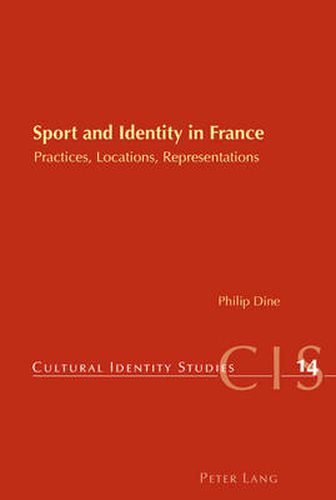Readings Newsletter
Become a Readings Member to make your shopping experience even easier.
Sign in or sign up for free!
You’re not far away from qualifying for FREE standard shipping within Australia
You’ve qualified for FREE standard shipping within Australia
The cart is loading…






How does sport shape society? This book seeks to answer this question by examining the meaning of sport in French society and the construction of local, national and, increasingly, global identities through sport. It begins by reassessing modern sport’s emergence and consolidation in France in the late nineteenth and early twentieth centuries and then traces developments from the Second World War to the present, reflecting on the current status and future role of French sport. Horse racing, cycling, tennis, adventure sports, rugby and football, as well as the role of the Olympic Games, are discussed. The author investigates the interaction of these mass and elite physical practices with a wide variety of sporting locations - spatial and temporal, concrete and imagined - and in a rich field of representations, including literature and the fine arts, the press, cinema, radio, television and digital media. Related concepts of sporting celebrity, stardom and heroism also inform the discussion, offering new contributions to this developing critical area.
$9.00 standard shipping within Australia
FREE standard shipping within Australia for orders over $100.00
Express & International shipping calculated at checkout
How does sport shape society? This book seeks to answer this question by examining the meaning of sport in French society and the construction of local, national and, increasingly, global identities through sport. It begins by reassessing modern sport’s emergence and consolidation in France in the late nineteenth and early twentieth centuries and then traces developments from the Second World War to the present, reflecting on the current status and future role of French sport. Horse racing, cycling, tennis, adventure sports, rugby and football, as well as the role of the Olympic Games, are discussed. The author investigates the interaction of these mass and elite physical practices with a wide variety of sporting locations - spatial and temporal, concrete and imagined - and in a rich field of representations, including literature and the fine arts, the press, cinema, radio, television and digital media. Related concepts of sporting celebrity, stardom and heroism also inform the discussion, offering new contributions to this developing critical area.